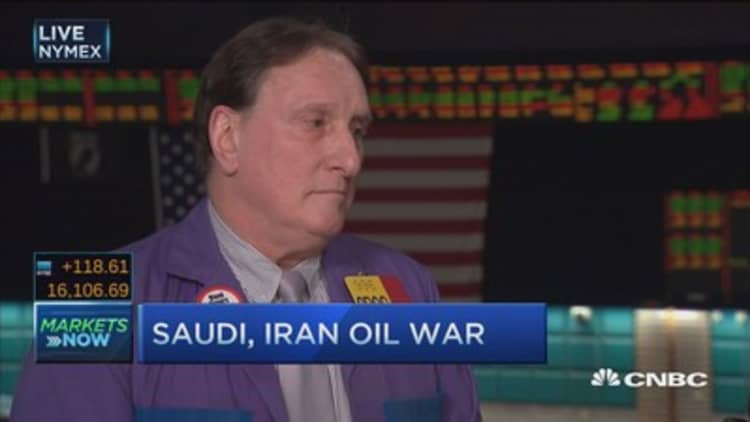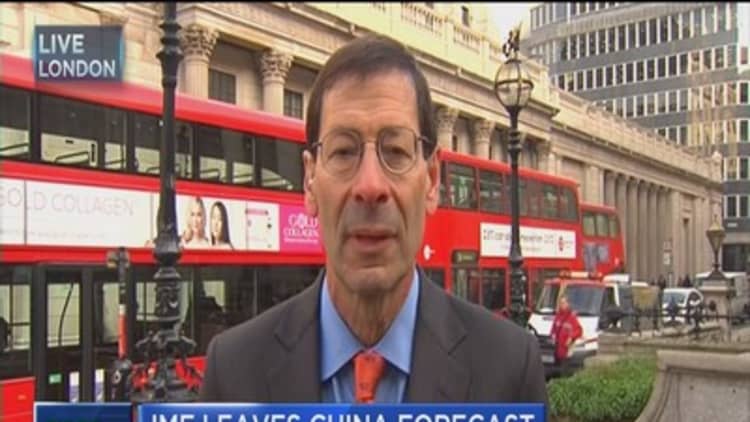


In an abrupt turnaround, U.S. oil prices plunged 3.3 percent after gaining more than 1 percent Tuesday.
U.S. crude futures closed down 96 cents, or 3.26 percent, at $28.46 a barrel after earlier reverting to a discount to Brent prices.
Brent crude oil prices rebounded on Tuesday from a 12-year low after data showed Chinese oil demand likely hit a record high in 2015, but the recovery was not expected to last amid warnings that the market would stay oversupplied this year.
Analysts also attributed much of the bounce from under $28 a barrel to a brief short covering rally after oil prices crashed over 20 percent this year, triggering a record volume of short positions in the week through Jan. 12.
"It seems to be a healthy upside correction in an otherwise downtrending market," said Tamas Varga, oil analyst at London brokerage PVM Oil Associates.
Brent crude futures, the global benchmark, posted their strongest daily gains in four months, before easing back to trade up 32 cents, or 1.12 percent, at $28.88 a barrel.
Traders said prices drew support from strong oil demand in China. Preliminary Reuters calculations based on government figures showed record oil consumption of 10.32 million barrels per day (bpd), up 2.5 percent from 2014, defying slowing growth in the world's second-largest economy.
The International Energy Agency, which advises industrialised countries on energy policy, said the global oil glut was set to last until at least late 2016 due to unseasonably warm weather and rising supply.
"...the oil market faces the prospect of a third successive year when supply will exceed demand by 1 million bpd and there will be enormous strain on the ability of the oil system to absorb it efficiently," the IEA said.
Global oil demand fell to a one-year low in the fourth quarter of 2015, the IEA said.
"I think the biggest problem for crude at these levels is storage and supply, other things are ancillary - that's giving the people who are shorting it confidence," said hedge fund manager Michael Corcelli.
The oversupply is set to worsen with the return of Iranian barrels to the market following the lifting of nuclear-related Western sanctions.
Iran said it could increase oil output by 500,000 bpd and issued an order to start the ramp-up on Monday, but the IEA estimates a more measured rise of about 300,000 bpd of additional crude by the end of first quarter of 2016.
Most analysts expect Iran's full return to oil markets to be relatively slow due to the need to overhaul its infrastructure following years of under-investment, but the country is also estimated to have stored 12-14 million barrels of crude and 24 million barrels of condensates for immediate sale.
China's CNOOC said it aimed to cut oil and gas production this year and expected output to rebound in 2018.


